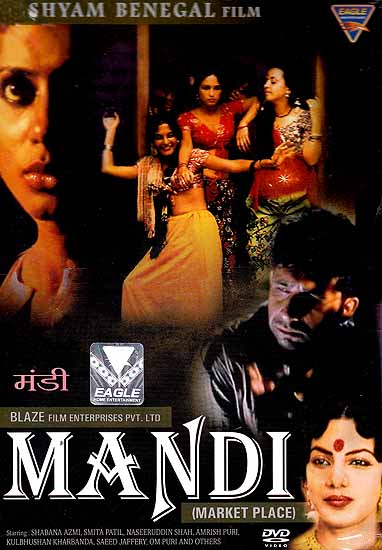“Insecurity is an
overwhelming emotion in any creative profession. In the film industry, it is
more so. Film stars are peddlers of emotion and, therefore, there are more
emotional wrecks in the film world than in any other place.
There is shame and scandal, exhibitionism and eccentricity, but there is also energy, a fatal attraction about the world of cinema that is obsessive. Once you've been a part of it you feel incomplete without it.”
There is shame and scandal, exhibitionism and eccentricity, but there is also energy, a fatal attraction about the world of cinema that is obsessive. Once you've been a part of it you feel incomplete without it.”
 |
| Photo Courtesy: Internet |
Salaam Bollywood by the veteran film journalist Bhawana Somaaya,
has proved out to be more than just a 250 page book for me. I can declare with
much pride that those 250 pages can be equated to two decades of enriching,
life changing journey in the film world I embarked on when I first read the
foreword written by Bollywood legend Amitabh Bachchan. Somaaya, within a matter
of days has brought to my knowledge the little and the big ‘dramas’ of the Hindi
film world which had always left me puzzled, pumping up my curiosity pressure.
Fortunate enough I have
been, to have read the same book which the author herself had gifted the
veteran journalist and also my college’s honourable director, Dr. M.V. Kamath. It
is her homage to the film world wherein her awkwardness as a newbie film
journalist to her immaturity as an editor has been accounted. It also narrates
her encounters, sweet as well as bitter, with film actors of all types which
taught her innumerable lessons about the way of living in a glamorous world, if
not one.
The time when Rishi Kapoor
sternly told Neetu Singh,” Once you are a Kapoor, you are not stepping in the
studios.” ; the time when Shabana Azmi was ready in a random saree and a
ponytail to get promptly hitched to the highly acknowledged lyricist and writer,
Javed Akhtar, one fine evening; the time when little Bebo howled endlessly on
the sets of one of Bachchan’s films when a fight sequence was being filmed
after his fateful accident in the early 1980s; the time when a shy and young
Aamir Khan stood nervously outside Dimple theatre where his debut film was
being screened; the time when Smita Patil slipped into coma in the arms of Raj Babbar;
the time when Dharmendra was teared between his two homes after his marriage to
Dream Girl, Hema Malini; the time when Smita, all of 31 and Raj Kapoor’s death
got me teary-eyed. I cried as though I was witnessing everything in front of
me...and countless other anecdotes.
From the depressing times
when Sarika and Kamal Hassan’s relationship was under constant scrutiny to the happy
times when Sarika announced her pregnancy to Hassan in Ooty; from the tiring
times when Smita would frequently fall ill to the jubilant times when she first
fed her baby in spite of feeling feverish; from the celebratory times when Dimple
Kapadia returned on the sets to complete the last schedule of Bobby
as the superstar Rajesh Khanna’s wife to the worrisome times when she
used to leave him every second or third day: the late 70s, 80s and 90s was one roller
coaster ride.
 |
| Photo Courtesy: Internet |
Towards the end, the author
also raises many fundamental questions such as why doesn’t the Cine Artists
Association (CAA) hold frequent get-togethers and recreation clubs for older
artists of bygone era? Why they are not appreciated for their contribution when
they are alive rather than remember them only when they become history? Why the
CAA couldn’t send a representative to India’s first ever heroine Devika Rani’s
funeral in Bangalore? There are glorious moments but then, if you try catching
a closer look, lay the flaws as well.
The book was a time
machine for me, transporting me into eras I always wanted to see.




